Yoga, an ancient practice of mind-body harmony, has been embraced worldwide for its remarkable health benefits. But there’s a twist to this already exciting journey – two person yoga poses. They’re not just about fitness, they’re about connectivity, trust, and mutual growth.
These tandem poses, often called partner yoga, take the practice to a whole new level. They require synchronization, communication, and balance – all while maintaining the right posture! It’s a fun, challenging way to deepen your yoga practice and bond with your partner.
Incorporating Breathing and Syncing Movements
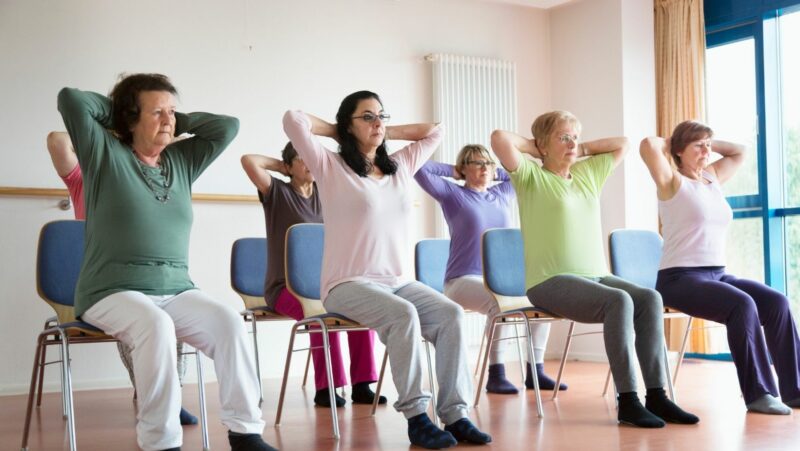 The basis of two person yoga poses lies in a combined effort. Here, two individuals work together for achieving poses that might be different than solo yoga. As a fundamental concept, Partner Yoga requires both participants to synchronize their movements. These tandem techniques allow for improved balance, strength, and flexibility.
The basis of two person yoga poses lies in a combined effort. Here, two individuals work together for achieving poses that might be different than solo yoga. As a fundamental concept, Partner Yoga requires both participants to synchronize their movements. These tandem techniques allow for improved balance, strength, and flexibility.
Effective communication forms the bedrock of successful partner yoga. Vocalizing needs and adjustments positions allies to respond accordingly, optimizing posture alignment. A critical communication aspect in partner yoga involves spotting, where a partner articulates the necessary adjustments to correct a pose, principally when one’s view is compromised.
Diving into inherent benefits, let’s note that two person poses offer numerous merits.
- Building Trust: Partner yoga equates to an increase in trust. An instance includes the ‘seated twist’ pose where participants rely on each other for support and balance.
- Enhanced Communication: As postures require synchronized movements, participants naturally develop non-verbal communication skills. For instance, in the ‘mirror tree’ pose, both yogis have to coordinate to maintain balance.
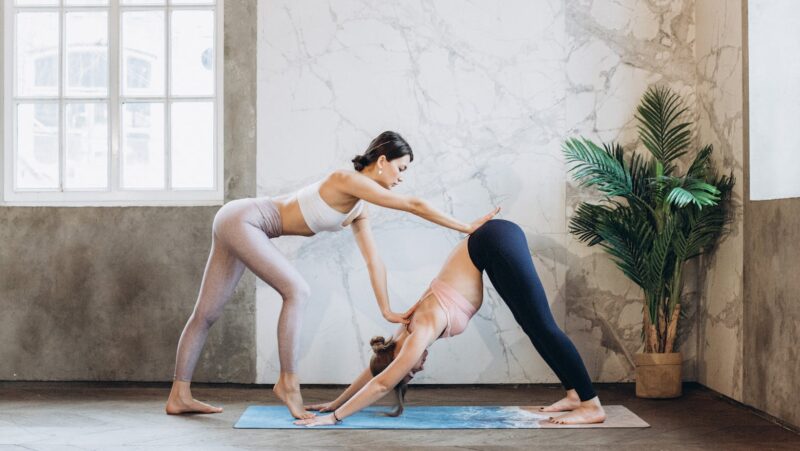
- Improved Balance and Flexibility: Partner yoga can enhance personal fitness levels. Poses like the ‘double plank’ place a strain on muscle groups that solo yoga may not target, thus improving balance and flexibility.
- Deepened Yoga Experience: Greater concentration is necessary for maintaining tandem poses, leading to a heightened sense of presence. An example is the ‘double boat’ pose, which requires full concentration and mindfulness for proper execution.
- Strengthened Relationships: Lastly, Partner Yoga fosters bonding. This reciprocal aid in achieving poses promotes camaraderie, enriching both personal and yoga relationships.
The exploration and practice of two person yoga poses promise a wide array of benefits, centring not only on physical wellness but also on aspects such as trust, communication, and tandem mindfulness.
Tips for Improving Your Two Person Yoga Practice
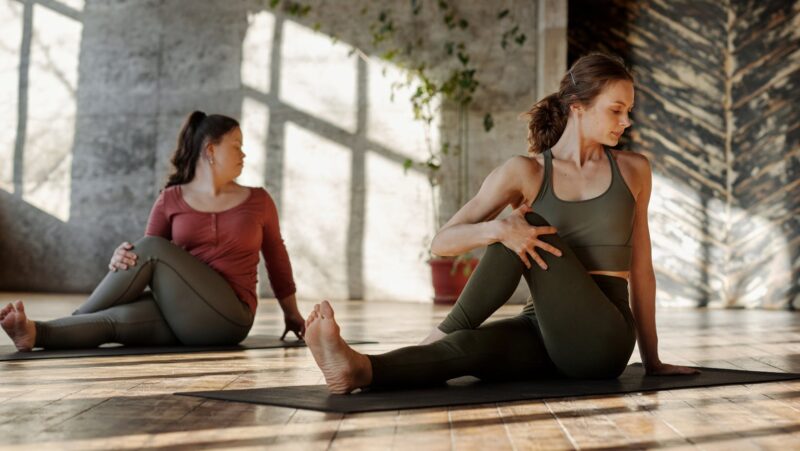 Optimal cooperation involves two critical roles: leadership and support. While undertaking synchronic poses, one participant generally assumes the role of a prop, she offers stability and support. For instance, in the ‘double down dog’ pose, one partner serves as the base, providing a platform that enables the other participant to execute an elevated down dog.
Optimal cooperation involves two critical roles: leadership and support. While undertaking synchronic poses, one participant generally assumes the role of a prop, she offers stability and support. For instance, in the ‘double down dog’ pose, one partner serves as the base, providing a platform that enables the other participant to execute an elevated down dog.
On the flip side, the other partner, he exerts strength and maneuvers to capture the given pose. He nullifies gravitational pull, aligning the body by utilizing the support adequately, achieving balance.
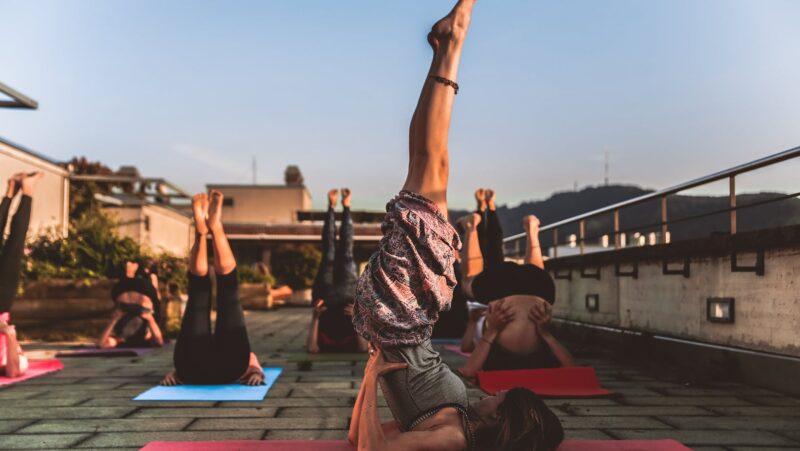 Trust is an equally essential element. Contact and shared balance in complex poses such as the ‘double plank’ necessitate trustworthiness. This trust establishes a safe space where partners explore their physical capacities and master challenging poses.
Trust is an equally essential element. Contact and shared balance in complex poses such as the ‘double plank’ necessitate trustworthiness. This trust establishes a safe space where partners explore their physical capacities and master challenging poses.
Breath synchronization augments concentration and uniformity in the movement, optimizing the yoga practice. Simultaneous inhales and exhales align the rhythm of poses, consolidating unity between partners. Examples include the ‘seated forward bend’ or ‘back to back pose’ where partners’ backs are in contact, allowing them to perceive each other’s breathing pattern, harmonizing their movements.
Exploring the Mindfulness Aspects of Partner Yoga
- Presence in Poses: Focusing on the breath, feeling each movement, and being aware of every moment, partner yoga practitioners experience an enhanced sense of presence. This practice guides them in becoming aware of their limitations, strengths, and, highly importantly, their interaction with another person.
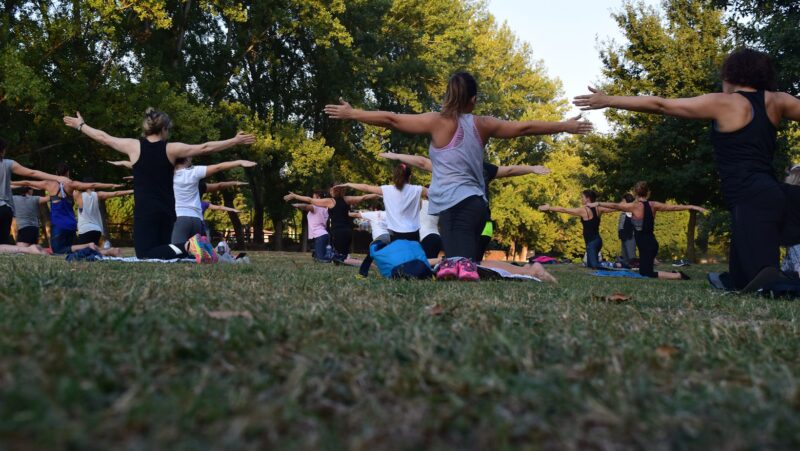
- Breath Synchronization: In partner yoga, coordinating breath with movement becomes a collaborative effort. Through this act of sharing, practitioners enhance their connection, heightening mindfulness. For example, synchronized breathing in poses such as ‘forward fold’ or ‘back bend’ allows a harmonious flow of energy between partners.
- Enhanced Sensory Awareness: Partner yoga enriches sensory awareness, increasing perception of the environment, oneself, and one’s partner. This heightened awareness, beneficial for a more engaging yoga experience, helps in recognizing subtle cues from one’s partner, contributing to more precise and aligned poses.
- Deepening Trust The practice of partner yoga enhances trust by fostering open communication and patience. The act of relying on a partner enhances empathy, fostering deeper connections.
Must Know
Embracing two person yoga poses mindful aspects can truly revolutionize one’s yoga practice. It’s a journey that goes beyond simple postures, delving into the realm of enhanced sensory awareness, breath synchronization, and deepening trust. Partner yoga isn’t just about striking poses, it’s about fostering communication and strengthening connections.